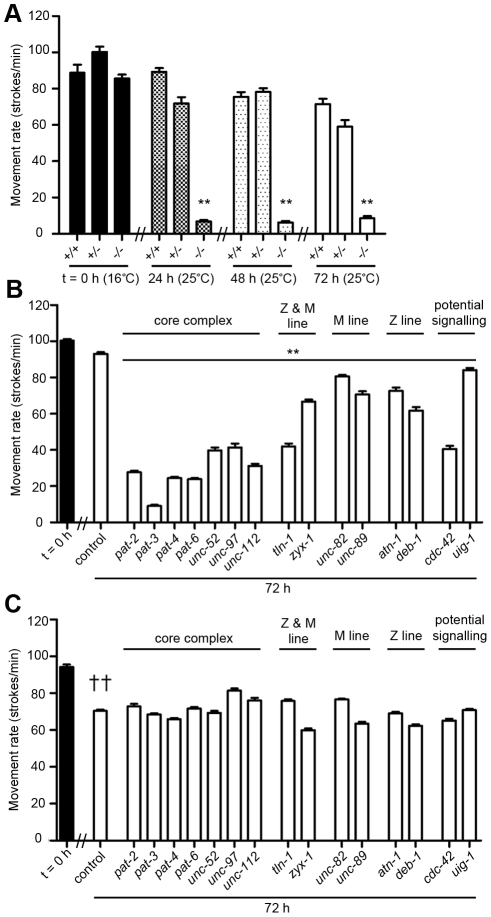Figure 2. Acute loss of muscle attachment results in a movement defect that does not occur in dim-1(ra102) mutants.
A) Age synchronised wild-type (+/+), unc-112ts heterozygotes (+/−) and unc-112ts homozygotes (−/−) were grown to young adulthood at 16°C (t = 0 h) and cultured after temperature-shift to 25°C (mutation active temperature) for an additional 72 h. At t = 0 h, 24 h, 48 h and 72 h animals were analysed for movement rate by placing animals in BU buffer and counting the number of sinusoidal movements completed in one minute. Values shown are the average ± SEM of 5 animals measured 10 times to give a total of 50 independent measurements. **Significant movement decrease versus +/+ and +/− at respective time point (P<0.001). B) Wild-type and C) dim-1(ra102) animals were grown to young adulthood and cultured on RNAi plates [87] against genes indicated on x-axis for an additional 72 h. Movement rate was measured as in A at t = 0 h and 72 h. Values shown are the average ± SEM of 10 animals measured 10 times to give a total of 100 independent measurements. **Significant movement decrease on respective RNAi treatment at 72 h versus wild-type control (P<0.001). ††Significant movement decrease in dim-1(ra102) mutants versus wild-type controls at 72 h (P<0.001). All experiments were repeated at least twice. All significance values are from two way repeated measures ANOVA.

